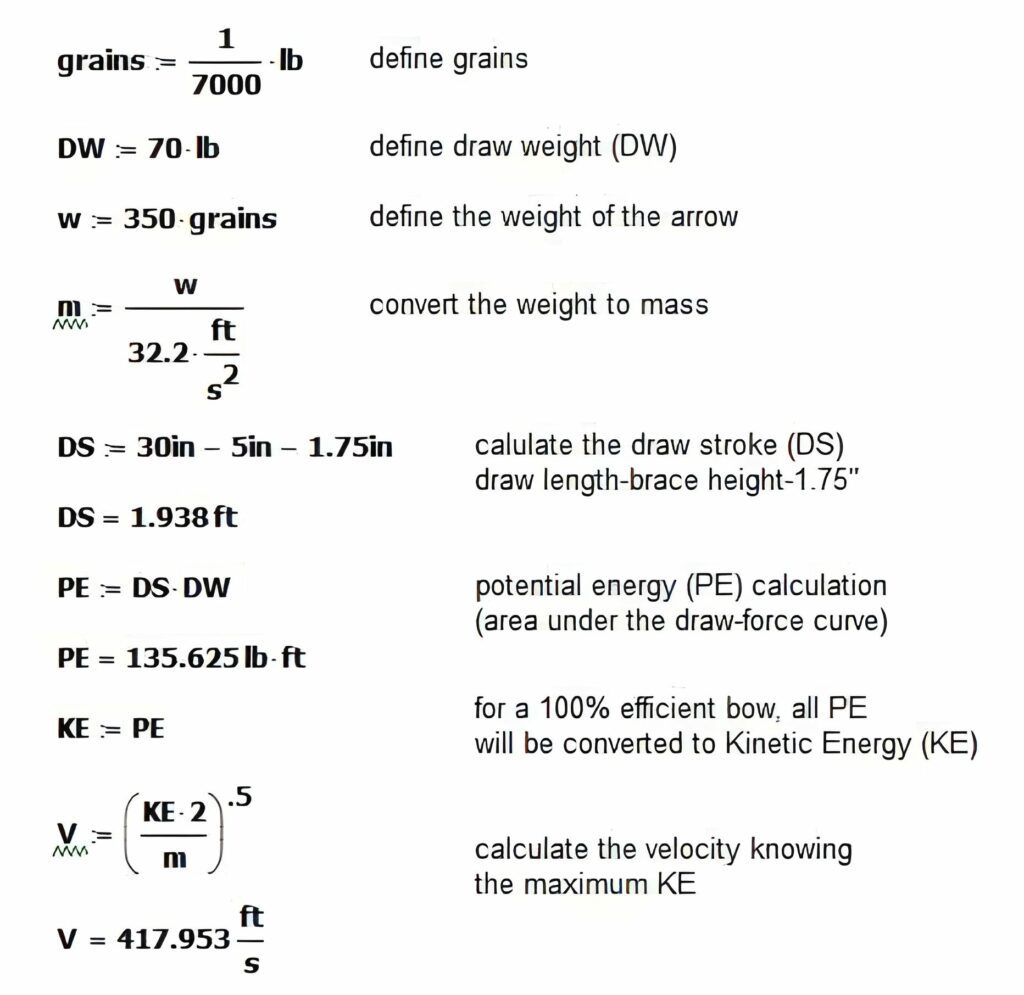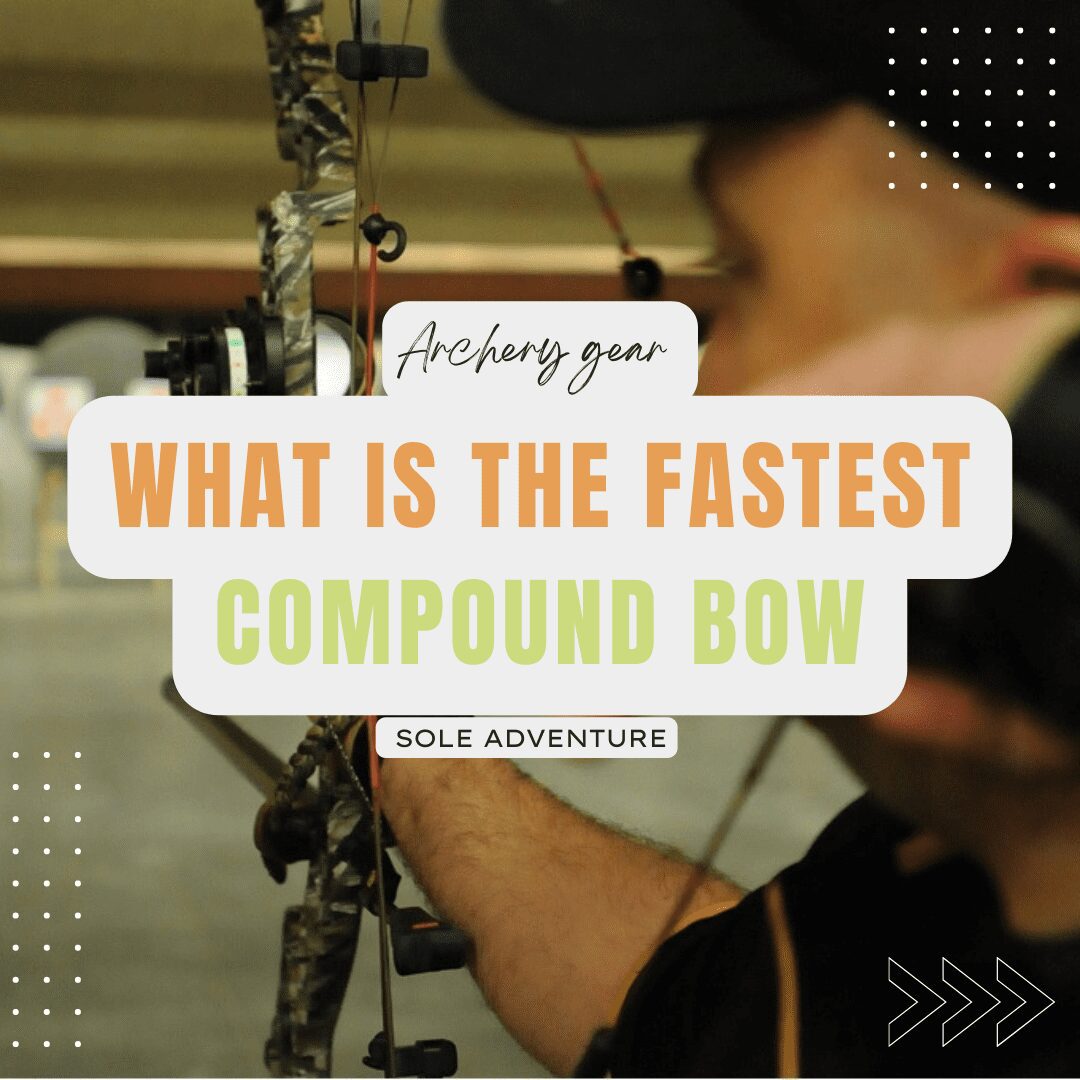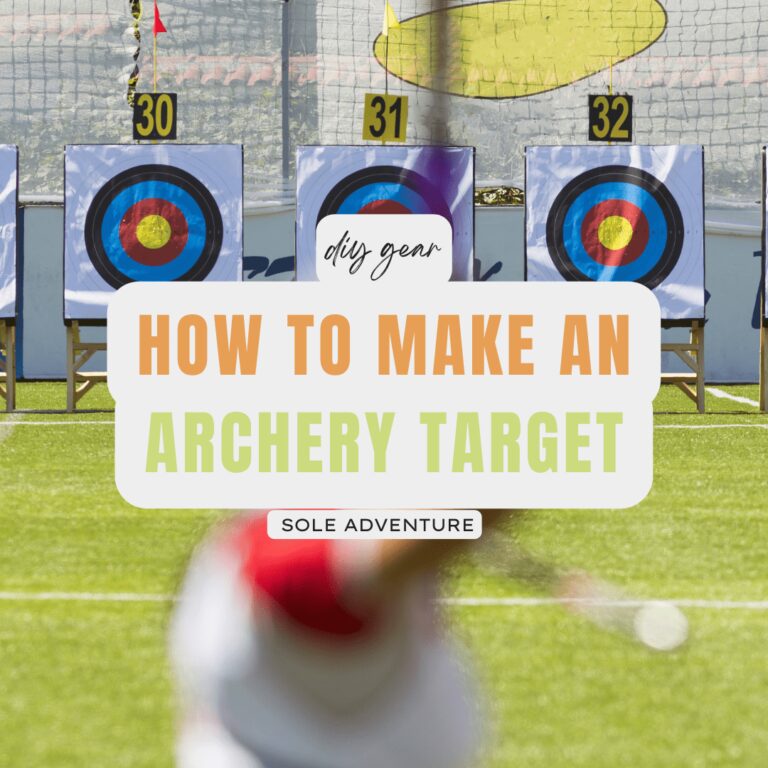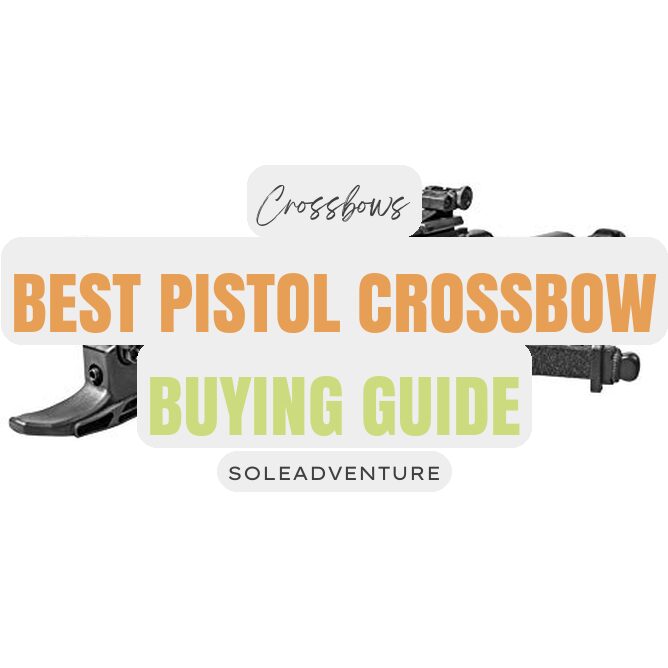When I look at the specs of a bow, the first thing I want to know is how fast it can shoot an arrow. Although there are many other factors like draw cycle, noise, vibration, and precision when buying a compound bow, you can’t overlook how important power is. You can't argue with the old adage that 'speed kills'.
The compound bow hunting industry is booming. When it comes to purchasing a hunting bow, a lot of hunters feel like they can’t get much accomplished when their speed doesn’t break 330 fps.
Contents
Table of Contents
- So, what are the fastest compound bows in today's market?- Quick Glance
- How to: Estimate Bow/Arrow Speed
- How fast Could an IBO-rated compound bow be?
So, what are the fastest compound bows in today's market?- Quick Glance
Buying a compound bow for hunting is usually quite expensive. However, technology in the industry has never been better, and the money spent on a quality bow is worth it. There are plenty of good “speed bows” you can choose from, but these are some of the fastest
- Xpedition Smoke - 370 fps
- APA King Cobra DG - 365 fps
- PSE Expedite NXT - 360 fps
- Bowtech Sr350 - 350 Fps
- Mathews Monster Safari -350 Fps
- Bowtech Revolt X - 340 Fps
How to: Estimate Bow/Arrow Speed
One question often arises is how to estimate bow/arrow speed under different setups. Knowing a bow's IBO/ATA specification makes it possible to estimate how fast a bow will shoot with different arrows, draw lengths, and weights.
This section describes how you go about estimating bow/arrow speed.
Understanding Bow Speed Ratings
First, it is important to understand a bow’s speed rating and what it means. Most bows use the IBO (International Bowhunting Organization) specification. This calls for shooting a bow with an arrow that weighs 5 grains per pound of draw weight and is generally done with a bow set at 70 lbs draw weight and 30″ draw length with only a one-nock set on the string. There is also some wiggle room in the specs; the draw length is allowed to be +-3/4″, and the draw weight is +-2 lbs. This means that the bow can be set at 30 3/4″ and 72 lbs, shooting a 350-grain arrow.
Another specification that is gaining some popularity is the ATA (Archery Trade Association) spec. It is very similar, yet much more restrictive, with very little leeway in how the bow must be set up. For ATA, the bow can be set to 50, 60, or 70 lbs of draw weight with only +-0.1 lb. variance and a draw length of 30″, +- 1/4″, also with only one nock set on the string. The arrow must be exactly 5 grains per pound of draw weight. Because it is a more restrictive spec, it gives an overall better view of what speeds a bow can reach.
Estimating Bow Speeds From Specifications
Not so many archers shoot at the 70 lbs, 30″, and 350-grain arrow that most bows are rated at. Therefore it’s useful to know how to estimate how a bow will perform under different setups. Knowing the IBO or ATA rating of a bow, what you will have the bow set to, and the arrow weight, the actual bow speed can be estimated. This is not an exact science, but with a little math, it’s possible to get close.
Adjustments
For every inch of draw length under 30″, subtract 10 fps; for every inch over 30″ add 10 fps.
For every 3 grains of total arrow weight above 5 grains per pound of draw weight, subtract 1 fps.
For every 3 grains of weight on the bowstring, subtract 1 fps.
Other rules
Generally speaking, bow ratings are done at 70 lbs, but quite often, they are shot at 60 lbs. This usually results in the bow performing at 3-4 fps slower, assuming that the arrow remains at 5 grains per pound draw weight.
The rule for weight on the string applies to nock sets, d-loops, kisser buttons, peep sights, and anything else near the center of the string. The big exception is for nock sets and speed buttons precisely placed near the cams that can speed up the velocity. Do not count these items when calculating speed changes.
Other Notes
There is often controversy on how accurate the manufacturer’s IBO/ATA speeds are. Because the IBO specs are fairly loose, manufacturers can (and will) push the specs to the limit to get higher rating numbers. Unfortunately, when the consuming archer sets up their bow at their specs, they can be disappointed that their bow does not seems as fast as they think it will be.
This will continue to happen as long as the specs remain so loose. I would like to see all manufacturers switch to the much more restrictive ATA specs to give a more realistic speed rating that archers will likely achieve.
How fast Could an IBO-rated compound bow be?
A discussion on Archery Talk inspired me to write this post. This discussion began with people theorizing which company would be the first to put out a 400 fps bow to IBO specifications. It soon morphed into a discussion about whether or not 400 fps could even be obtained. If you know me at all, you would know that I cannot resist a discussion about archery and physics. Something in my blood makes this impossible for me to avoid.
Rather than reading and enjoying the thread or posting a few passing comments, I was moved to break out Mathcad. Here are the results of the calculations showing what the theoretical speed limit is for a perfect bow:

Now to explain all the assumptions. This simple calculation shows that a perfect bow in a perfect world set at 30″, 70 lbs, a 5″ brace height, and shooting a 350-grain arrow could reach 418fps. However, this assumes that there is no friction, no vibration, no sound, no heat, no anything produced at the shot except 100% energy transference from the bow (PE) into the arrow (KE). It also assumes that the bow starts to draw immediately at 70 lbs, remains at 70 lbs the entire draw length, and has zero let-off. Doesn’t sound like much of a fun bow to draw back! The flip side is that after the arrow leaves the string, the shooter would feel absolutely nothing except the weight of the bow in their hand.
Of course, we all know that this scenario is not only unlikely but also impossible. Add in a bit of a ramp to get the bow to 70 lbs peak weight, let-off to make it possible to hold and aim, vibration/sound/heat/etc. throughout the bow on the shot, and the speed drops right down to where we are today, around the 360 fps mark.
Is it possible to increase today’s speed within the IBO specifications, and if so, how? Yes, it is very possible, and the “how” can happen in either of two ways: make the act of drawing the bow store more energy (quicker ramp to peak draw weight, shorter valley, less let-off) or increase the efficiency of the bow. Many of today’s bows are pushing and surpassing 85% efficiency; more gains can be made in reducing bearing friction in the cams, more efficient cam design, taking vibration out of the shot and putting that energy in the arrow, etc. Manufacturers will continue to make strides this way and continue to see some speed increase.
But will archers submit to putting more energy into the bow with their muscles and put up with a “harsher” draw? How stiff of a draw will be usable and practical? Some “speed freaks” will put up with anything if it gets more fps on the chronograph, while other archers want a “smooth” draw that is easy to pull and forgiving to shoot. It will be up to the bow designers to find the designs that people are willing to spend their hard-earned dollars on.







